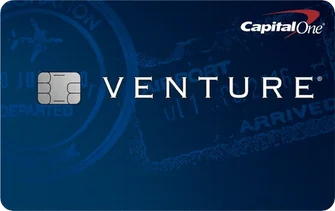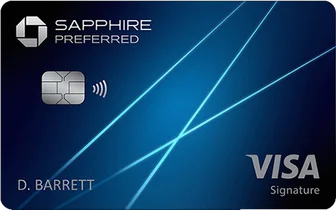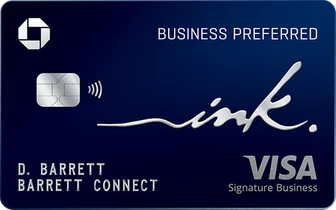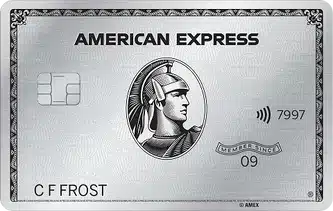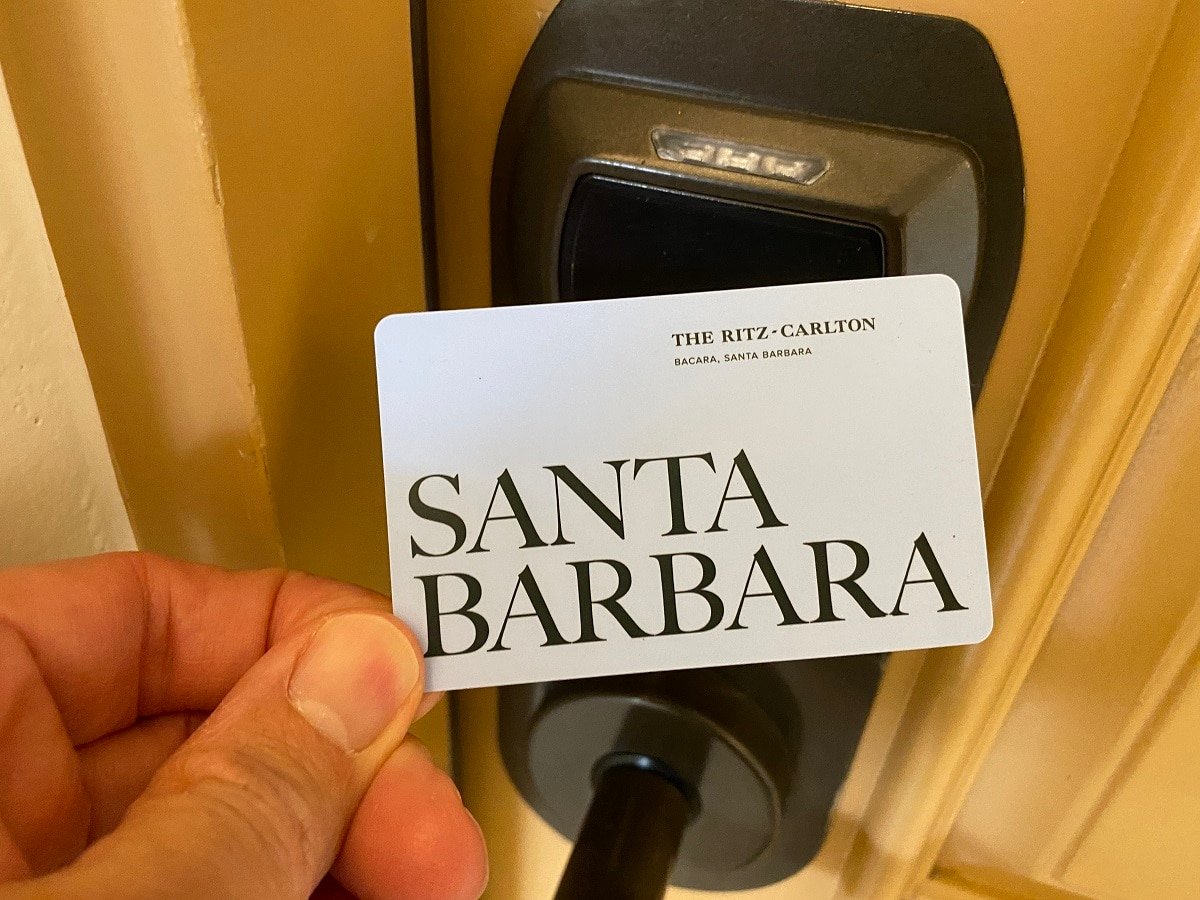This post contains references to products from one or more of our advertisers. We may receive compensation when you click on links to those products. For an explanation of our Advertising Disclosure, visit this page.
Get ready to elevate your travel game with the Chase Sapphire Reserve® card, your go-to choice for fantastic travel rewards and perks! With amazing benefits like a $300 annual travel credit, TSA PreCheck or Global Entry fee credit, and a complimentary Priority Pass membership, it’s no wonder this card has become a hot favorite among globetrotters. I’ve held the Sapphire Reserve in my wallet for years, and have used Ultimate Rewards points to travel the world.
Don’t miss out on the adventure – make the Chase Sapphire Reserve® your ultimate travel companion today! But what is the credit score needed for Chase Sapphire Reserve approval?

Chase Sapphire Reserve Credit Score Needed for Approval
New Chase Sapphire Reserve® cardholders can earn 60,000 bonus points after spending $4,000 on purchases in the first 3 months from account opening. That’s $900 toward travel when redeemed through Chase Travel℠.
However, not everyone qualifies for the Chase Sapphire Reserve due to not having the right credit score needed. There is also the Chase 5/24 rule to be aware of (more on that below). If you’re unsure about your credit score, you can check your credit for free before trying.
Chase doesn’t publish a specific minimum credit score requirement to be approved for the Chase Sapphire Reserve. However, we do know you will need to have excellent credit.
Let’s take a look at different factors you should know about before trying for the Chase Sapphire Reserve. And if you still aren’t sure if the card is for you, you can check out our Chase Sapphire Reserve review for more details.
Reports from Successful Applicants
Editor’s Note: The reviews below may no longer be applicable as Chase has increased the credit score needed for the Chase Sapphire Reserve.
“At the time of my approval, my credit karma scores were; 663 T/U and 678 EQ. I was NOT approved right away as I got the screen that stated my application needed to be reviewed and I’d hear back from them within 7-10 days with a decision. This was on Friday (6/16/17)…My card arrived on Wednesday (6/21/17) via UPS Express.
The welcome letter provided me with my Transunion FICO score, which at the time was 629.”
“My TU and EQ scores were both around 750 when I applied for both CSP and CSR. The CSR credit limit increased my credit score to 760. About 90k yearly income and less than 4 yr total credit history.”
“My FICO score at the time was 733. This card is a VISA Infinite card so the minimum credit limit you will get is $10K, the Chase Sapphire Preferred is a VISA Signature card and the minimum credit limit you will get is $5K. As soon as I hit the $4K spend, the 100,000 points showed up on the Chase online portal.”
Other Factors of Credit Score Needed for Chase Sapphire Reserve
A high credit score alone will not guarantee that Chase will approve your Sapphire application. They also look at several other factors, although their exact selection algorithm is a closely guarded secret.
Chase 5/24 Rule
The Chase policy that declines the application of many applicants with excellent credit is the 5/24 policy. If you have been approved for at least five credit cards, even as an authorized user, within the most recent 24 months, your application to the Chase Sapphire Reserve will automatically be declined.
While you do not find anything referring to the 5/24 rule on Chase’s website, it exists. It applies to many of the Chase native and co-branded cards including the Chase Sapphire Preferred® Card and the Southwest Airlines personal and business credit cards.
If you fall under this rule, save yourself the hard pull for when you can get approved for the Sapphire Reserve. Or, go for another premium travel rewards card that doesn’t have this rule like The Platinum Card® from American Express. You can learn more about this benefit-rich alternative option in our in-depth Amex Platinum review.
Other Credit Accounts
In addition to the recent credit card applications, Chase will also look at your other open credit accounts. This includes the length you have owned your oldest credit cards or your loans. A high debt-to-income ratio can affect your approval chances and even your credit limit if you’re approved.
Being a current Chase customer can also help improve your approval odds if the 5/24 rule doesn’t apply. Being a Chase banking or credit card customer allows Chase a peek into your financial habits and can help them determine if you will be a reliable cardholder.
Chase Sapphire Reserve Income
Chase also considers your income in the selection process. A higher income can boost your approval chances, especially if your credit score is on the low end of the approval spectrum.
Chase Pre-approval
Another way to see if you automatically qualify for the Chase Sapphire Reserve® is by checking your Chase Pre-Qualified Offers. Do not despair if you do not see the Chase Sapphire Reserve on the list.
Enjoy the Chase Sapphire Reserve
Many travelers love the Chase Sapphire Reserve and often considered it one of the best travel rewards cards in the industry. Of course, this largely depends on your travel preferences and how you plan to use your credit card.
Chase Sapphire Reserve® purchases earn up to 10x Chase Ultimate Rewards®. Cardholders can earn unlimited:
- 10x total points on hotels and car rentals purchases through Chase Travel℠ (after the first $300 is spent on travel purchases annually)
- 10x total points on Chase Dining purchases through Chase Travel℠
- 5x total points on flights when you purchase travel through Chase Travel℠ (after the first $300 is spent on travel purchases annually)
- 3x points on other travel worldwide (after the first $300 is spent on travel purchases annually)
- 3x points on other dining at restaurants, including eligible delivery services, takeout, and dining out
- 1x points for all remaining purchases
You will not receive rewards points on your first $300 in annual travel purchases as the annual travel statement credit reimburses these purchases.
Very few rewards cards offer higher purchase reward rates in these categories.
There is a $550 annual fee, but it can be easily offset by the numerous perks.
Redemption Options
In addition to the purchase rewards, the Sapphire Reserve also has a robust redemption program. Points are worth 1.5 cents each when you book award travel directly through Chase. Most credit card reward programs have a maximum value of 1.0 cents per point. The difference adds up quickly. Every 10,000 points are worth $150 with the Sapphire Reserve and $100 with other rewards cards. Unless you earn more in purchase rewards (i.e. greater than three points per dollar), it’s hard to beat the Sapphire Reserve.
A second flexible redemption option with the Sapphire Reserve is the option to transfer your points on a 1:1 ratio to Chase Ultimate Rewards partners. This can be a great way to secure discounted partner flights, top off your current award balance with a partner loyalty program or book award travel for a lower price than the Chase travel portal offers.
These Chase Sapphire Reserve benefits are in addition to the $300 annual travel credit, Global Entry/TSA PreCheck application fee reimbursement, and complimentary airport lounge access.
Summary of Credit Score Needed for Sapphire Reserve
The Chase Sapphire Reserve® is a high-class travel rewards card with a high annual fee. Having an excellent credit score greatly increases your instant approval chances. Your approval chances can increase if you have an existing relationship with Chase or a responsible track record with another credit card with a high credit limit. If you currently don’t qualify, don’t be afraid to try again in the future.
You may also consider the lower annual fee ($95) sister card, the Chase Sapphire Preferred® Card, and the credit score needed for the Preferred. Check out our comparison of the Chase Sapphire Reserve vs Chase Sapphire Preferred for more details.
Related Posts:

